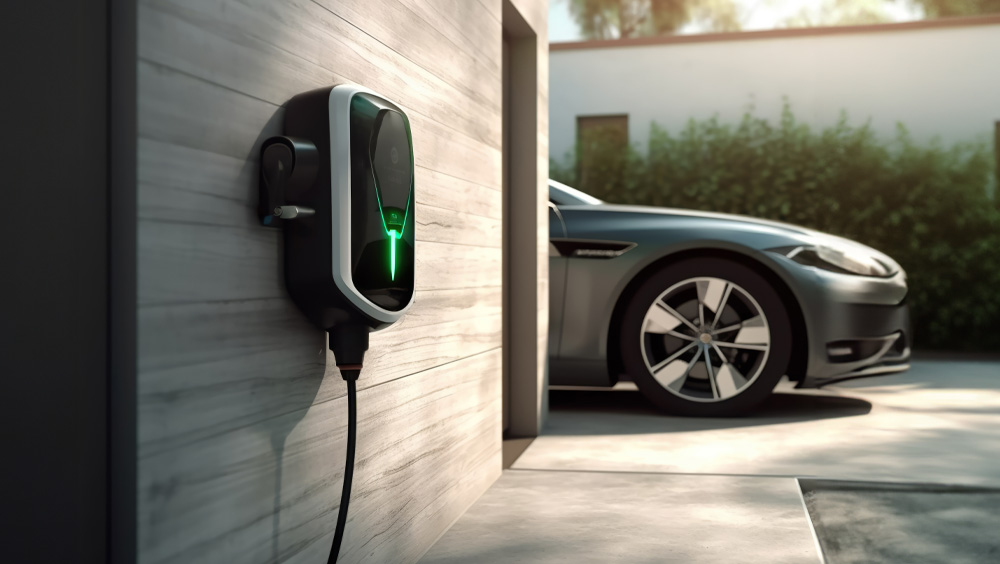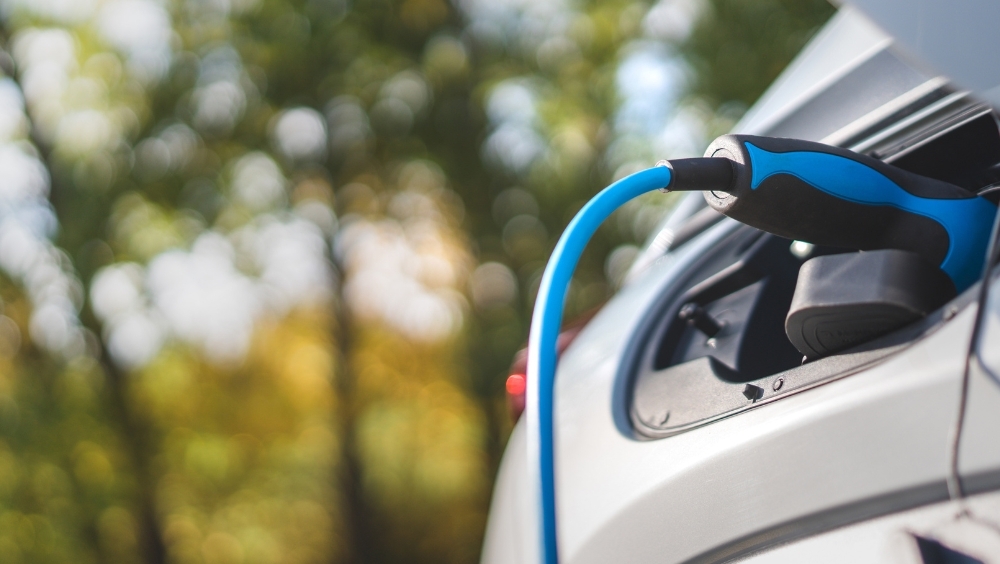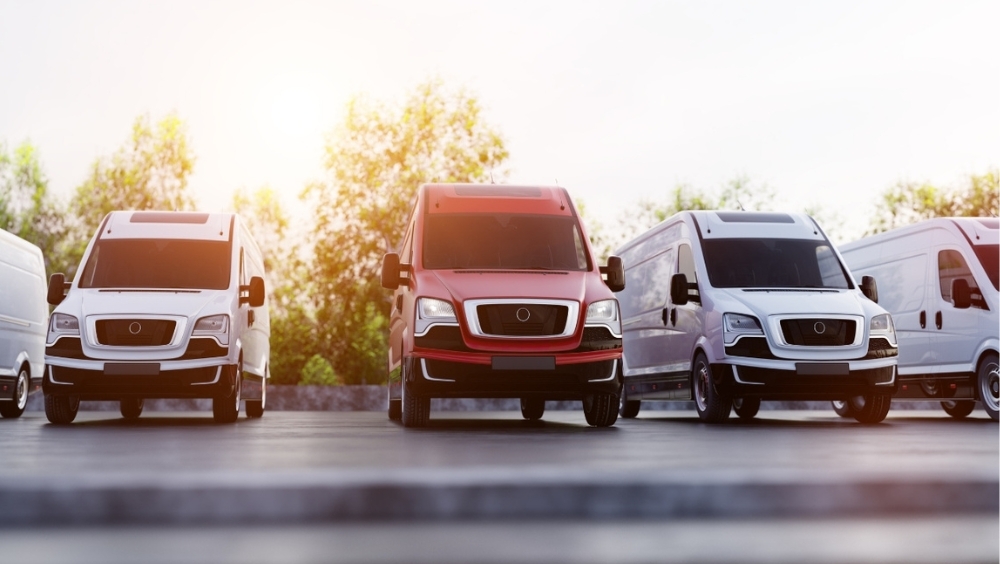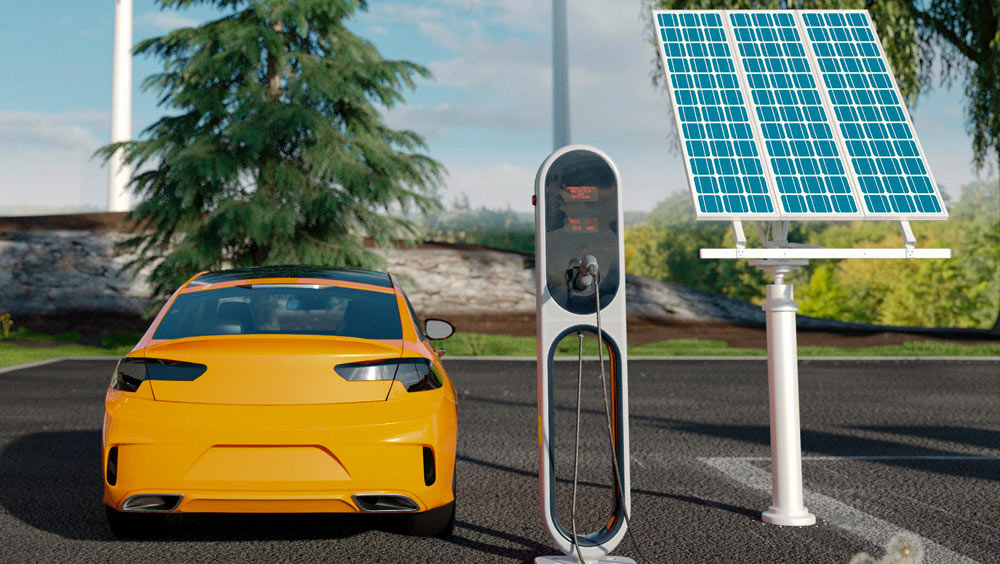Find out everything you need to know about charging stations.
Electromobility has experienced an enormous upswing in recent years, and with it the demand for efficient and user-friendly charging options. One particularly popular option is the wallbox, a special charging station for electric vehicles. In this article, we take a look at how a wallbox works and its many advantages.
Structure and components of a wallbox
A wallbox is a compact, wall-mounted charging station for electric vehicles. It consists of several important components that enable safe and fast charging of the electric car. The main components of a wallbox are
1. connection cable: the connection cable is the physical cable that connects the wallbox to the power grid. It enables the transfer of electrical energy to the electric vehicle.
2. charging controller: The charging controller is the heart of the wallbox. It regulates the flow of electricity and ensures that the electric vehicle is charged with the correct charging power.
3. safety devices: The wallbox is equipped with various safety devices, such as short-circuit protection, overcurrent protection and overvoltage protection, to protect the electric vehicle and the power grid from damage.
4. display and controls: Many wallboxes have an integrated display and controls that allow the user to control and monitor the charging process.
5. connectivity and communication: Modern wallboxes are often equipped with Wi-Fi or Ethernet connectivity to connect to a mobile app or the internet. This allows charging processes to be monitored, controlled and, in some cases, billed.
Theft protection for wallboxes
As wallboxes are often installed in public or semi-public places, there is a possibility that they may be the target of theft or vandalism. For this reason, many wallboxes have anti-theft devices, such as lockable covers that prevent access to the charging cable or mounting systems that allow them to be firmly anchored to the wall.
Using a wallbox via PV surplus charging
A particularly efficient way to use the wallbox is so-called PV surplus charging. This involves connecting the wallbox directly to a photovoltaic (PV) system. If the PV system generates more electricity than is needed in the household, the surplus electricity is automatically used to charge the electric vehicle. This makes it possible to use electricity from renewable energy sources and increase self-consumption, which makes the overall balance even more environmentally friendly for the user.
Single-phase and three-phase charging
Wallboxes are available in single-phase and three-phase versions. Single-phase charging is suitable for electric vehicles with single-phase charging electronics. It is often used in households with a lower power requirement. Three-phase charging, on the other hand, is designed for electric cars with three-phase charging electronics and higher charging requirements. This enables faster charging times and is particularly advantageous in commercial environments or for larger battery capacities of electric vehicles.
Connectivity and communication
Modern wallboxes offer connectivity options that enable remote monitoring, control and communication. The user can monitor and control the charging process via smartphone app. The wallbox can communicate with the electricity grid and smart home systems to intelligently control the charging process, optimize the load in the household and plan charging times according to cheaper electricity tariffs. These connectivity options make the wallbox an integral part of the smart and environmentally conscious charging infrastructure for electric vehicles.
Wallbox with load management
Wallboxes with a load management function are able to optimize the charging process according to the availability of power. This is particularly helpful if several electric vehicles are being charged at the same time or if other energy-intensive devices are being used in the household. Load management intelligently distributes the available power demand in order to avoid overloads in the power grid and optimize charging times.
Wallbox with 11 or 22 kW charging power?
Wallboxes are available in different versions, which differ in terms of maximum charging power. Typically, there are wallboxes with a charging capacity of 11 kW and 22 kW. The choice of charging power depends on several factors, such as the size of the vehicle battery, the connected load of the house and the individual charging requirements. Vehicles with larger battery capacities can benefit from a higher charging power to reduce charging times. However, it is important to ensure that the wallbox is adapted to the existing power connection in the home or business.
Wallbox subsidies and grants
In many countries and regions, there are funding programs and subsidies for the purchase and installation of wallboxes. This financial support is intended to promote the expansion of the charging infrastructure for electric vehicles and make electromobility more attractive. Interested parties should find out about regional funding opportunities in order to benefit from these incentives.





